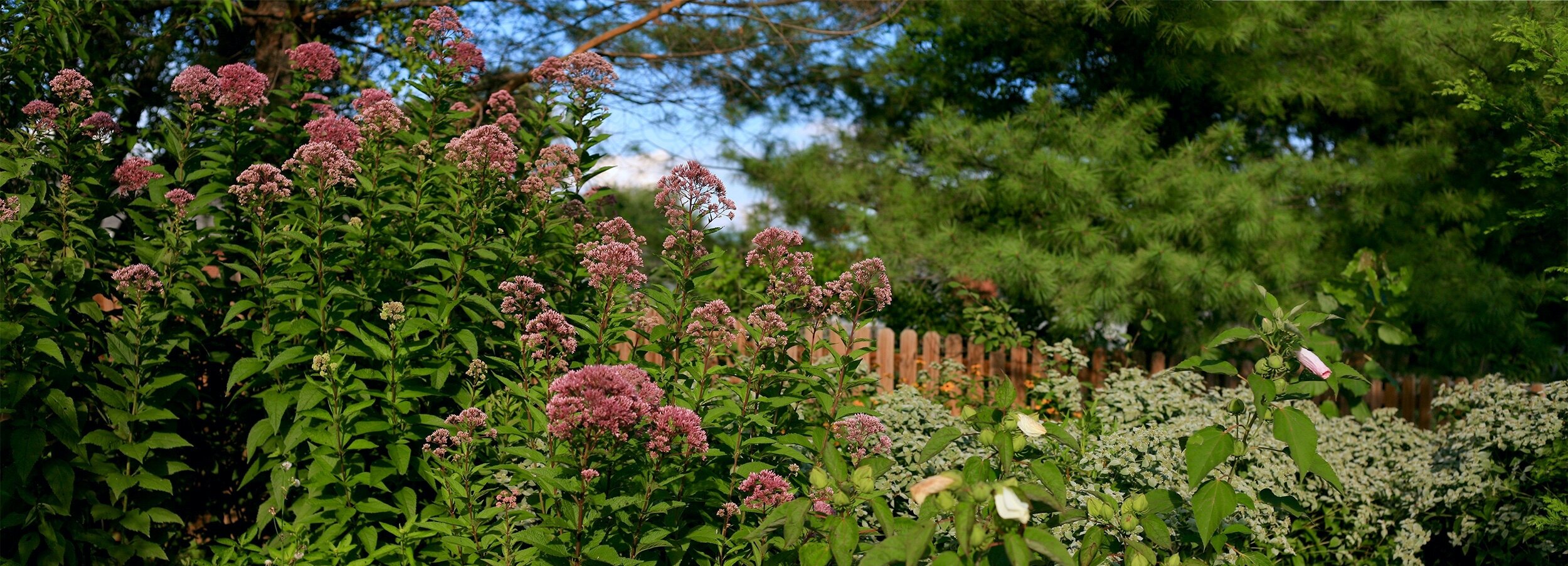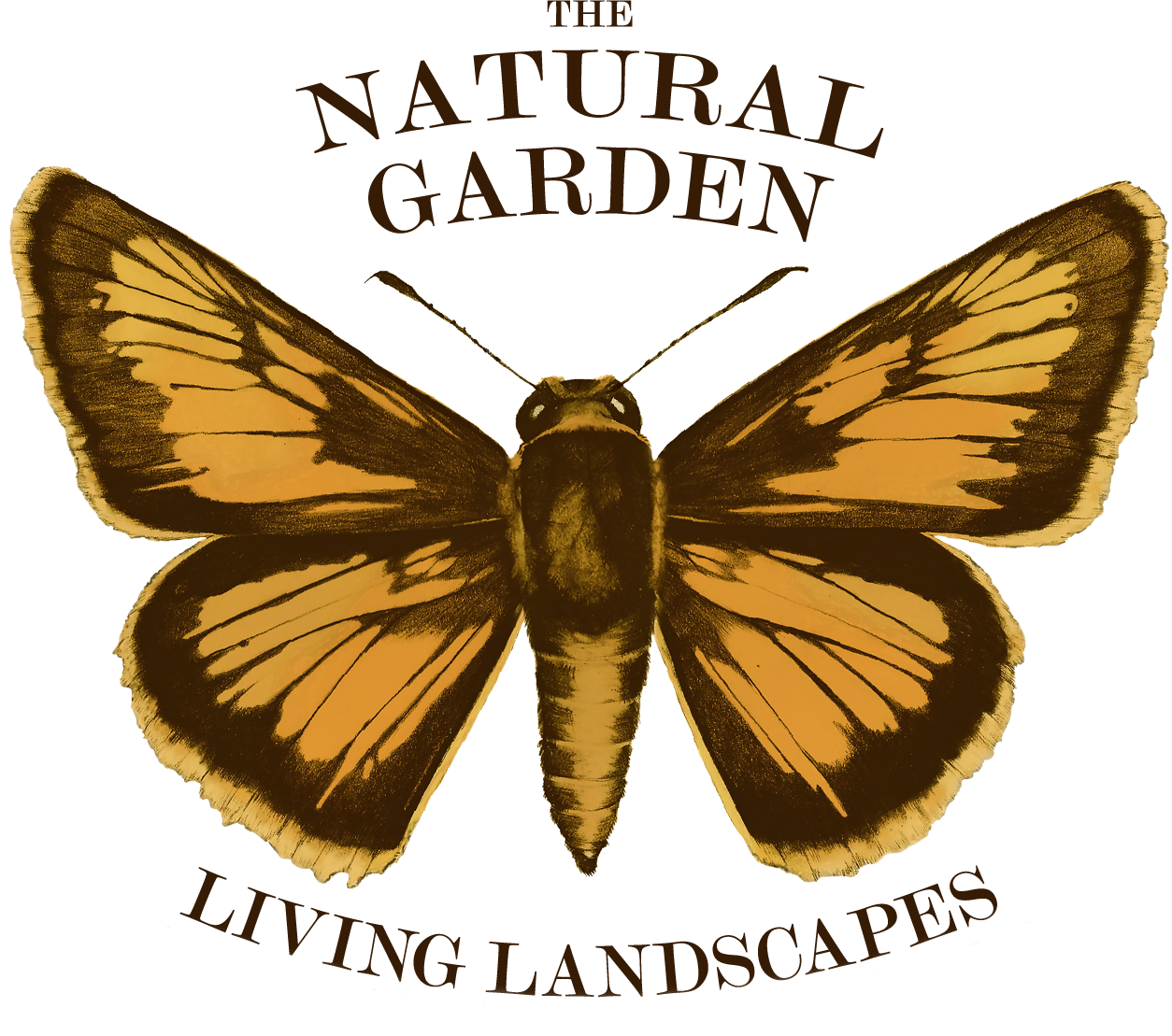

FAQs
What are native plants?
Native plants are those species that have co-evolved within a region to bring balance and diversity to that ecosystem. Some experts define plants as native to North America if they were present before European settlement in the fifteenth century. Plants that were imported to North America by European and Asian immigrants are referred to as “exotic” or “introduced” species. An estimated 30,000 species have been introduced to the American landscape, but only a small percentage of those have earned the name “invasive exotic” because of their tendency to outcompete all neighboring species and create monocultures. Virginia currently lists about 90 such species that threaten the local ecology and economy.
Gardeners should avoid planting such “invasive exotics” because of the harm they do to their new ecosystem. Scientists believe that removing such invasive species while encouraging the growth of native plant species is very important for conservation—not only for the plant species, but for the insects, bacteria, fungi, birds, and other wildlife that depend on a biodiverse and balanced ecosystem in order to survive.
Learn more about Virginia’s native plants at the Plant Virginia Natives website. Learn more about Virginia’s invasive plants from the Virginia Department of Conservation and Recreation.
The Natural Garden does include some introduced species in our landscape design (such as edible or medicinal plants), but we never use invasive exotic plants in our plans.
How does the design process work?
We start by listening to your ideas and vision for your outdoor rooms, paying attention to the existing natural features and your desired budget. Native plants and artisan stonework are the heart of most of our designs, along with edible, herbal, medicinal, and other desired plants. We typically follow these steps:
Visit your site in person
Conduct a site analysis and survey
Design concepts that work within a range of installation budgets
Review designs and budgets with client for feedback
Revise design and budget
Present completed landscape design and budget
Schedule Phase One installation
Build additional phases as needed
What should I expect during the first on-site consultation?
The consultation begins with a site visit from one of our landscape designers. The designer will observe and take notes on your existing landscape. The designer will also listen to you describe your goals, vision, and desires for your future landscape. If you have written notes, brochures, or pictures, you may share them with the designer.
What is the timeline for a typical residential landscaping project?
The timeline will vary according to the season, weather, plant availability, and the scope of the project. Our projects have ranged from simple one-day installations to multi-year projects. Most projects will require some degree of patience, but clients are always welcome to check in for a status report. If time is of essence, please discuss this with your designer in the early stages of the process so we can determine what is feasible.
What size projects will The Natural Garden build?
During more than two decades in business, we have built very small and very large projects. We stay nimble so that we can respond to virtually any size of project.
What if the project I want is too expensive to implement all at once? Can it be divided into stages? Do you accept payment plans?
We have a few ways to work with you. One option is to create a phased plan so that a large project is divided into smaller increments. For example, you might install phase one the first year, phase two the second year, and so on. A large project is paid for in installments (called “draws”), with the first draw taking place before installation and the last draw after the final walk-through. Additional draws are distributed at intervals throughout the installation process. Your initial estimate or job quote will detail the payment schedule.
How long does it take to grow a meadow?
The first year, the pre-existing non-native vegetation must be killed off and then the new meadow seed mix can be planted. The first two to five years are the most dynamic and require the most maintenance. Our meadow plans include several maintenance visits for the first two to five years to remove invasive weeds, to mow, and to monitor the health of the new plants. Meadows can take about five years to become well-established. We can work with you to provide maintenance and monitoring during that time.
